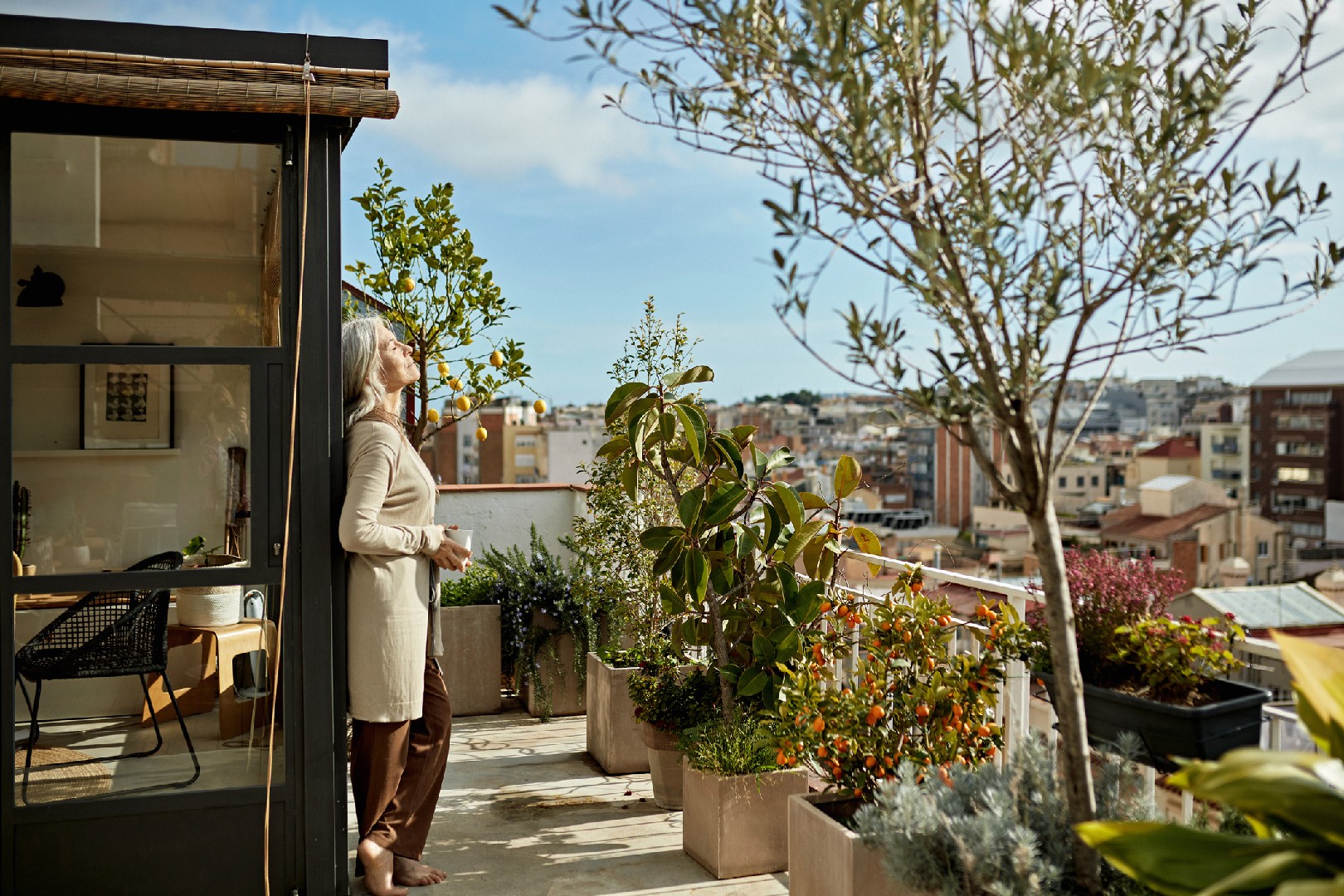![Rectangle]()
Driving Sustainability: The Eco-Friendly Benefits of Rooftop Gardens
Rooftop gardens are more than just a beautiful addition to the urban skyline. They also provide a range of eco-friendly benefits that can help drive sustainability in our cities. By understanding these benefits, you can see how rooftop gardens are not only aesthetically pleasing but also practical and environmentally responsible.
One of the key environmental benefits of rooftop gardens is their ability to reduce the heat island effect. In urban areas, the concentration of buildings, roads, and concrete creates what is known as a heat island, where temperatures are significantly higher than in surrounding rural areas. The vegetation and soil in rooftop gardens can help absorb heat from the sun, reducing the overall temperature of the building and the surrounding area. This can help mitigate the heat island effect and make cities more comfortable for residents.
Furthermore, rooftop gardens improve air quality. Plants naturally filter the air by absorbing carbon dioxide and releasing oxygen through photosynthesis. By incorporating green spaces into the urban landscape, rooftop gardens can help reduce pollution and improve the overall air quality of the city. This is especially important in densely populated areas where air pollution can have significant health implications.
Conserving energy is another important benefit of rooftop gardens. The vegetation acts as a natural insulator, helping to regulate the temperature inside buildings. This means that less energy is required for heating and cooling, reducing the demand for electricity and lowering greenhouse gas emissions. Additionally, rooftop gardens can provide shade, reducing the need for air conditioning during hot summer months. By reducing energy consumption, rooftop gardens contribute to a more sustainable and eco-friendly urban environment.
In addition to these environmental benefits, rooftop gardens have the potential to enhance local biodiversity. By creating green spaces in urban areas, we provide habitat for insects, birds, and other wildlife that may struggle to survive in a concrete jungle. This can help support local ecosystems and promote biodiversity even in densely populated areas. Creating rooftop gardens is a simple yet effective way to contribute to the preservation of our natural environment.
Moreover, rooftop gardens have positive impacts on mental health and community building. Studies have shown that access to green spaces can reduce stress and anxiety, improve mood, and enhance overall well-being. By creating rooftop gardens, we are providing a sanctuary in the midst of the city, a place where people can relax, connect with nature, and find solace. Additionally, rooftop gardens can serve as a gathering space for the community, fostering social interactions and strengthening community bonds.
In conclusion, rooftop gardens offer a multitude of eco-friendly benefits that contribute to a more sustainable and livable urban environment. By reducing the heat island effect, improving air quality, conserving energy, enhancing biodiversity, and promoting mental health and community building, rooftop gardens are a practical and impactful way to drive sustainability. Whether you are a homeowner, a business owner, or a city planner, consider the potential of rooftop gardens to transform our urban skyline and create a greener, healthier, and more vibrant future for our cities.





